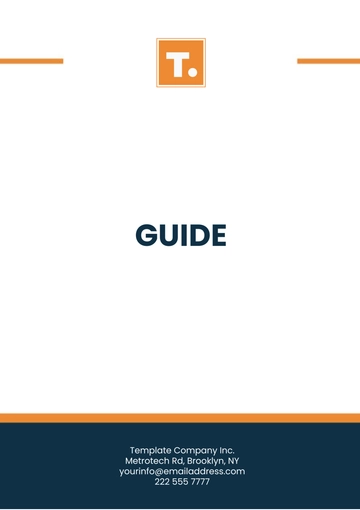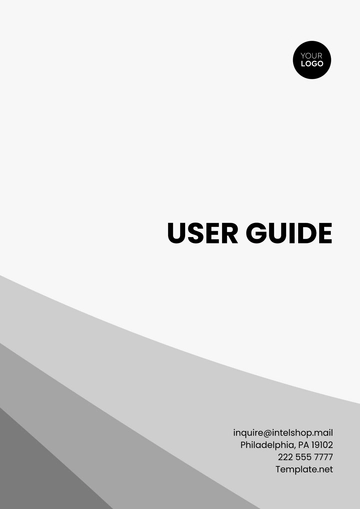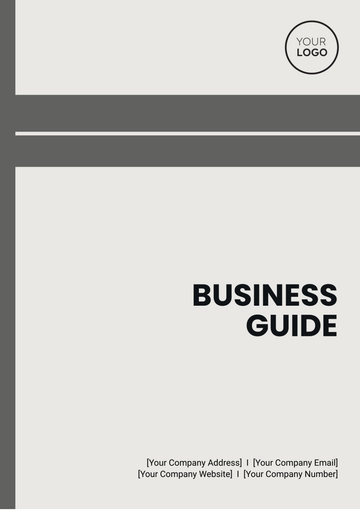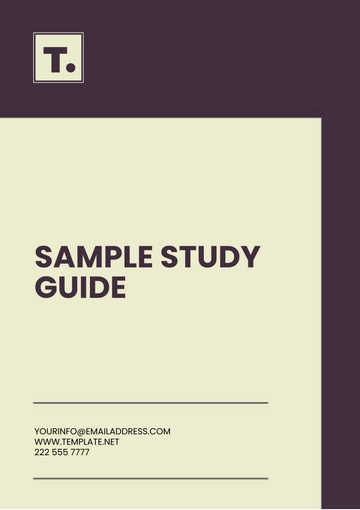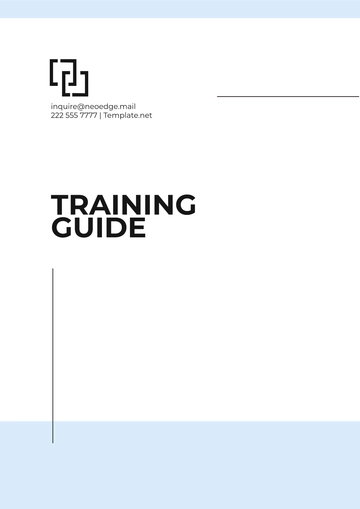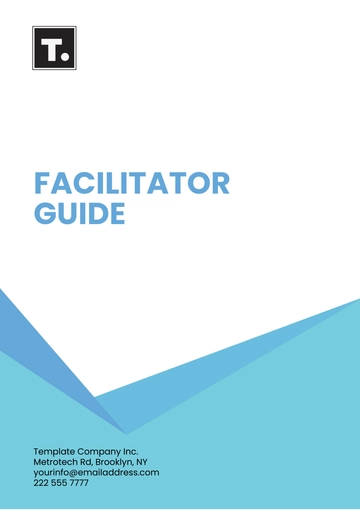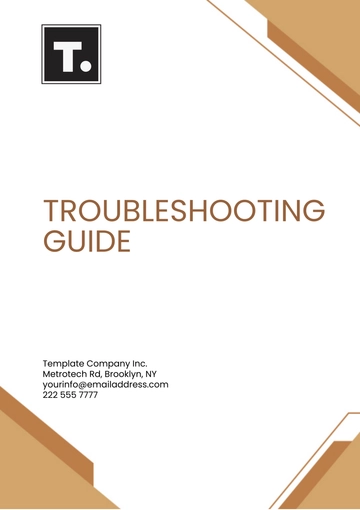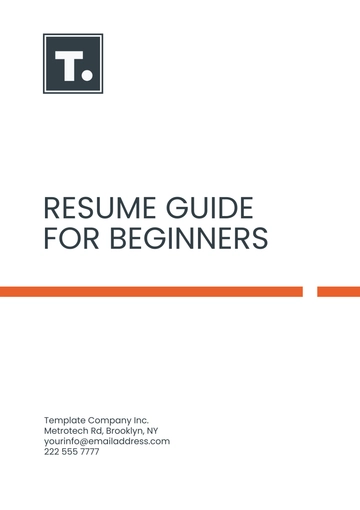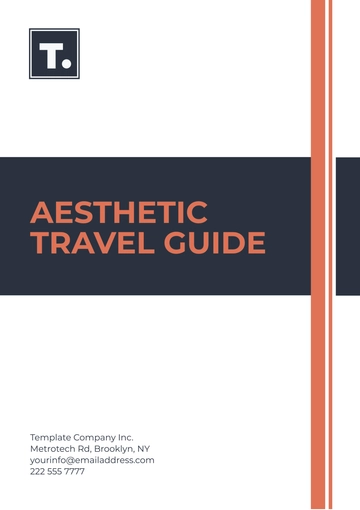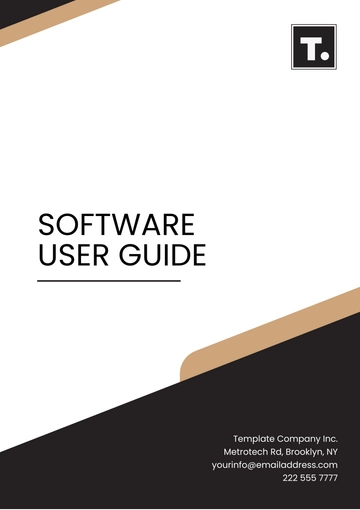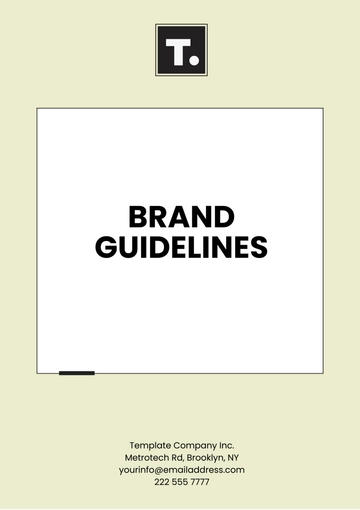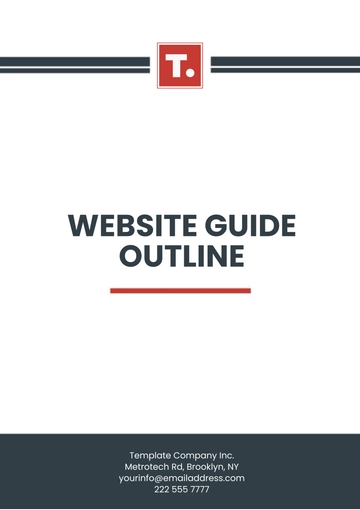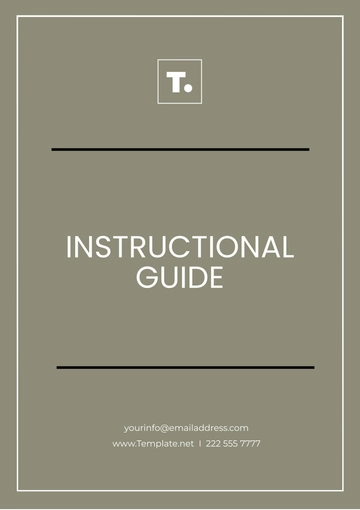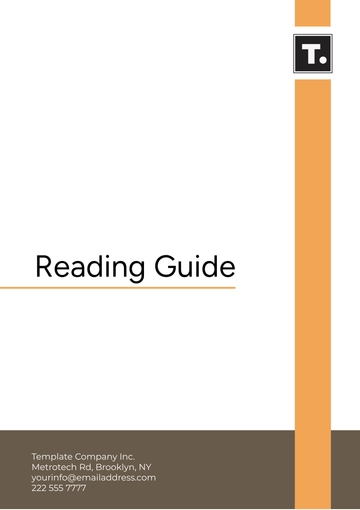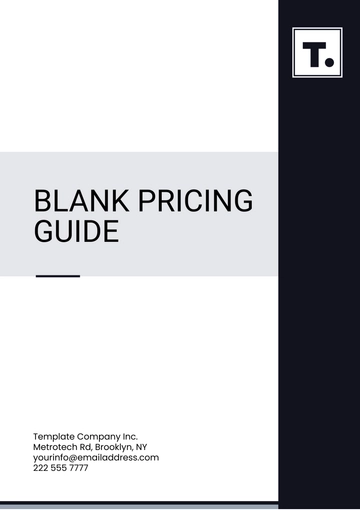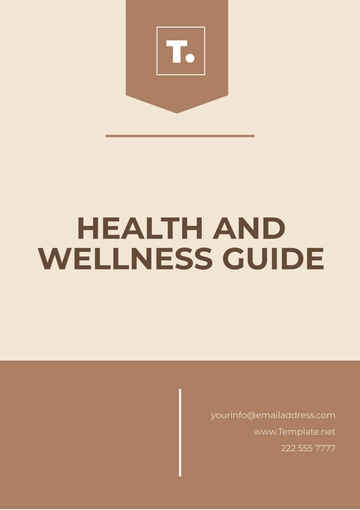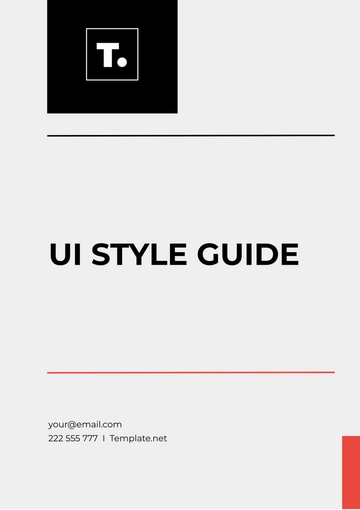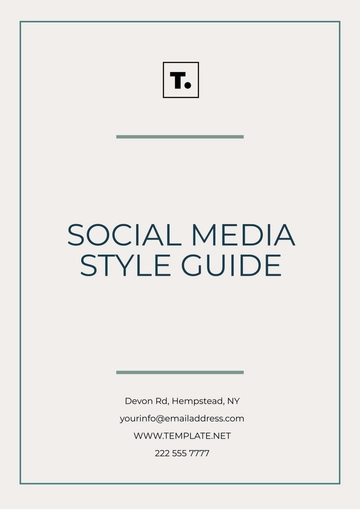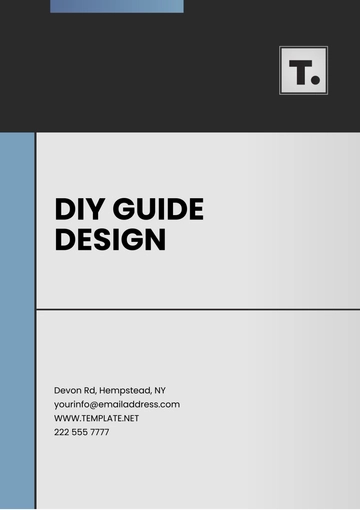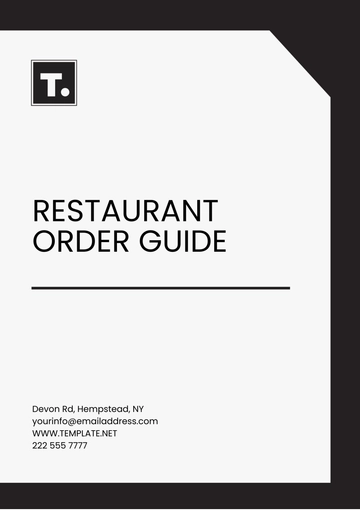Free Pharmaceutical Advertising Compliance Guide
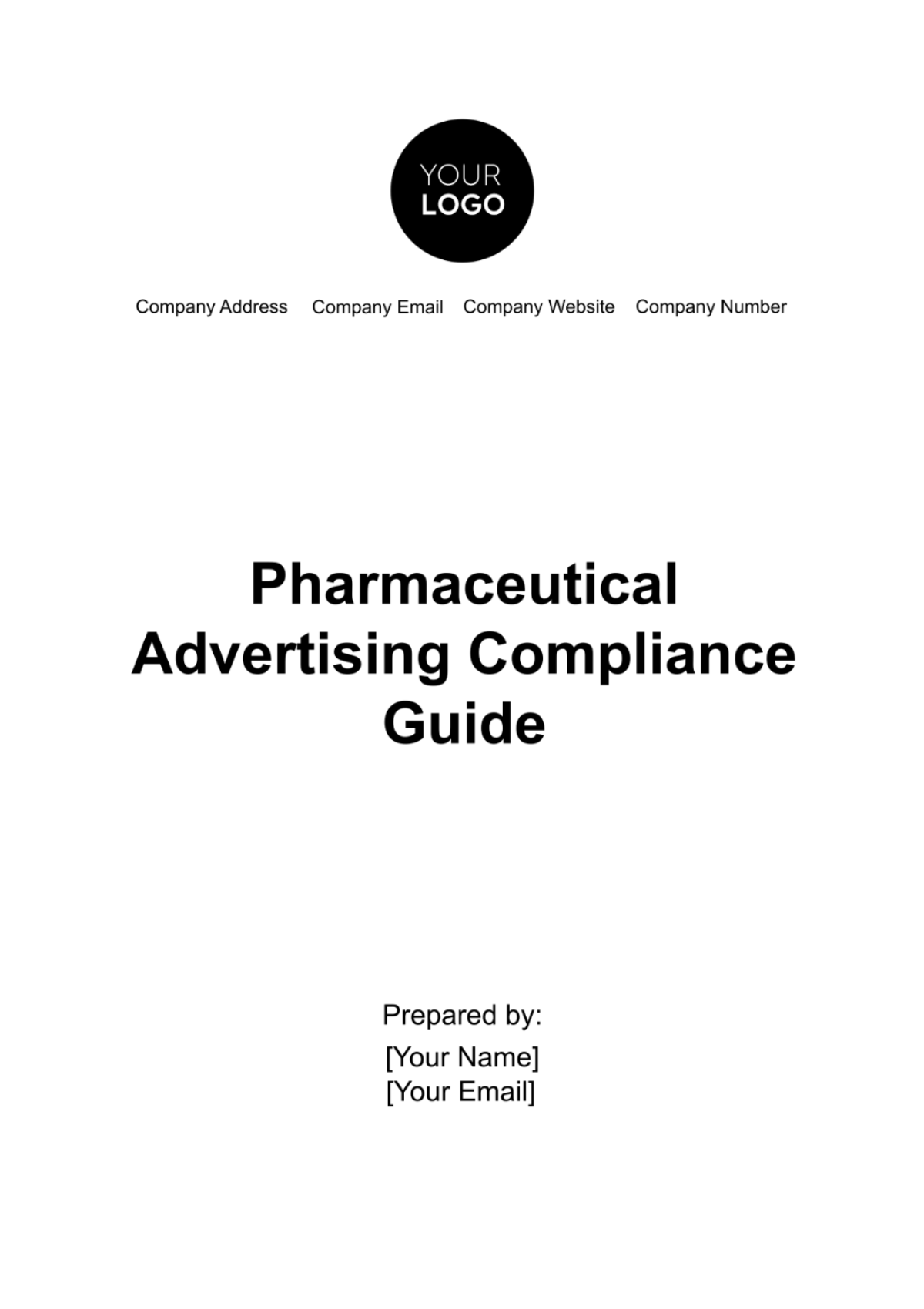
Introduction to Pharmaceutical Advertising Compliance
This guide aims to provide comprehensive guidelines for ensuring ethical and legal compliance in pharmaceutical advertising. It underscores the importance of balancing commercial objectives with the paramount concern for patient safety and public health.
Scope:
The scope of this guide encompasses all forms of pharmaceutical advertising and promotion, including but not limited to print media, digital platforms, television, radio, and direct-to-consumer communications.
Understanding the Regulatory Framework
Key Regulations and Authorities:
Regulation | Description | Authority |
Pharma Reg A | Governs direct-to-consumer advertising, emphasizing transparency and balance in presenting drug benefits and risks. | FDA (USA) |
Pharma Reg B | Sets standards for ethical marketing and interactions with healthcare professionals, including rules against inducements. | EMA (Europe) |
International Standards:
This section delves into the harmonization of advertising standards, like adhering to the International Federation of Pharmaceutical Manufacturers & Associations (IFPMA) Code of Practice, which sets global norms for ethical pharmaceutical marketing.
IFPMA Code of Practice:
Transparency: All promotional material must clearly disclose the product name, active ingredients, and the name of the pharmaceutical company.
No Pre-Approval Promotion: Prohibition on promoting pharmaceutical products before they receive regulatory approval.
Substantiation of Claims: Requires that all claims be substantiated by scientific evidence and presented in a balanced way.
Ethical Marketing and Promotion
Principles of Ethical Marketing
Pharmaceutical advertising must prioritize patient health and informed decision-making. Ads should be factual, non-misleading, and support the rational use of drugs. This includes:
Ensuring balance in presenting drug benefits and risks.
Avoiding exaggeration of drug efficacy or safety.
Case Studies:
Case | Issue | Lesson Learned |
Case X | Advertisement overstated drug efficacy without substantial evidence. | Highlighted the necessity of backing claims with solid scientific evidence. |
Case Y | An ad downplayed serious side effects. | Demonstrated the need for balanced information on both benefits and risks. |
Product Claims and Scientific Evidence
All therapeutic claims in pharmaceutical advertising must be supported by sound scientific evidence. This section outlines the types of acceptable evidence, such as results from randomized controlled trials, observational studies, and meta-analyses.
Substantiation Requirements:
Claim Type | Required Evidence |
Efficacy | Data from multiple phase III clinical trials or meta-analyses. |
Safety | Comprehensive safety data, including post-marketing surveillance studies. |
Direct-to-Consumer Advertising
DTC advertising regulations are meticulously detailed, focusing on the clear presentation of drug information, including side effects, contraindications, and effective use.
Regulations for DTC Advertising:
Risk and Benefit Balance: Ensure that information about risks and benefits is presented in a balanced and easily understandable manner.
Language and Comprehension: Use plain language suitable for the general public; avoid medical jargon.
Contact Information: Include a toll-free number or website for consumers to obtain more information.
Patient Safety and Information:
This subsection underscores the need for readability and comprehension in DTC materials, recommending tools like the [Flesch-Kincaid] readability test to ensure accessibility to a general audience.
Interactions with Healthcare Professionals
Guidelines are provided on permissible gifts and incentives to healthcare professionals, emphasizing the importance of educational value and strict limits on monetary value.
Sponsorship and Funding:
Event Type | Allowed Sponsorship | Conditions |
Educational Seminar | Yes | Full disclosure of sponsorship, no influence on content. |
Recreational Event | No | — |
Digital and Social Media Advertising
Online Compliance Guidelines
Special considerations for digital platforms are discussed, such as the need for transparency in influencer marketing and rules for user-generated content on company-sponsored forums.
Disclosures: Clearly disclose the product name and the pharmaceutical company responsible for the advertisement.
User Interactions: Monitor and moderate comments to ensure misinformation or off-label use is not being promoted.
Linking Policy: Only link to websites that comply with regulatory standards.
Monitoring and Moderating Online Content
This section suggests strategies for maintaining compliance in the fast-paced digital space, including proactive monitoring of social media channels and swift responses to non-compliant user-generated content.
Regular Review: Establish a schedule for regular review of online content, including user comments and posts.
Responsive Action Plan: Develop protocols for quickly responding to non-compliant content, including removal procedures and user education.
Comparative Advertising
Comparison Guidelines
Guidelines for making fair and truthful comparisons with competitor products are detailed, stressing the need for factual and non-misleading information.
Factual Basis: Ensure comparisons are based on factual, verifiable data.
No Misleading Information: Avoid presenting information that could be misleading by omission or implication.
Context and Relevance: Ensure that the comparisons are relevant to the product's use and are made in an appropriate context.
Substantiating Comparative Claims
Comparison Type | Substantiation Requirement |
Price | Current market data from at least three different sources. |
Efficacy | Results from head-to-head clinical trials or independent studies. |
Advertising to Special Populations
Vulnerable Populations
Specific guidelines for advertising to children, the elderly, or those with specific medical conditions, ensuring content is appropriate and not exploitative.
Age-Appropriate Content: Tailor advertising content to be age-appropriate, especially when targeting children or the elderly.
Avoid Exploitative Techniques: Do not exploit the vulnerabilities of special populations, such as using high-pressure tactics or misleading promises.
Cultural Sensitivity
Guidance on cultural sensitivity in advertising, including considerations for language, cultural beliefs, and customs, ensuring respect and inclusivity.
Respect Cultural Norms: Understand and respect the cultural norms of the target audience.
Avoid Stereotyping: Avoid using stereotypes in advertising, and instead, aim for inclusivity and representation.
Language Considerations: Use language and imagery that is culturally appropriate and sensitive.
Compliance Monitoring and Enforcement
Internal Audits and Training
A detailed plan for regular internal audits to evaluate compliance, along with comprehensive training programs for all staff involved in advertising and marketing.
Regular Compliance Audits: Conduct regular audits to ensure adherence to advertising regulations.
Ongoing Training Programs: Implement continuous training programs for employees, focusing on the latest regulations and ethical marketing practices.
Dealing with Non-Compliance
Outlined procedures for managing non-compliance, including steps for internal investigation, corrective actions, and mandatory reporting to relevant authorities if needed.
Internal Review Process: Establish an internal review process to investigate instances of non-compliance.
Corrective Action Plans: Develop corrective action plans, including retraining, process modification, and, if necessary, disciplinary actions.
Reporting Mechanisms: Implement mechanisms for reporting non-compliance to regulatory authorities when required.
Labeling and Packaging Promotions
Guidelines for Labeling
Accurate Descriptions: Ensure that all labeling accurately describes the product, including its intended use, dosage, and any potential side effects.
Regulatory Compliance: Adhere to all local and international regulations regarding labeling, including font size, language, and required warnings.
Packaging Standards
Requirement | Description |
Child-Resistant Packaging | Mandatory for products with potential risk to children |
Braille Labeling | Required where applicable for visually impaired users |
Environmental Considerations | Use of sustainable materials and clear disposal instructions |
Sponsorship and Educational Grants
Sponsorship Ethics
Transparency: Clearly disclose any sponsorship arrangements in promotional materials.
No Influence on Content: Ensure that sponsorship does not influence the scientific content or objectivity of educational materials.
Educational Grant Guidelines
Grant Type | Standards |
Research Grants | Must be used for scientific research purposes only |
Educational Grants | Provided solely for educational activities, without promotional intent |
Post-Marketing Surveillance Advertising
Guidelines for Post-Marketing Promotions
Updated Information: Incorporate any new safety or efficacy data obtained post-marketing into promotional materials.
Report Adverse Events: Clearly communicate the process for reporting adverse events in promotional materials.
Post-Marketing Surveillance Table
Aspect | Requirement |
Ongoing Monitoring | Regular monitoring of product performance and safety |
Data Incorporation | Continuous update of advertising content based on new data |
Public Reporting | Transparency in reporting any significant post-marketing findings |
Conclusion
This Pharmaceutical Advertising Compliance Guide underscores the critical importance of adhering to regulatory standards and ethical practices to ensure public safety and maintain trust in the pharmaceutical industry. The guide is subjected to regular review and updates to reflect the nature of pharmaceutical regulations and market practices. Adherence to these guidelines will not only ensure regulatory compliance but also contribute to the overall integrity and credibility of the pharmaceutical industry.
- 100% Customizable, free editor
- Access 1 Million+ Templates, photo’s & graphics
- Download or share as a template
- Click and replace photos, graphics, text, backgrounds
- Resize, crop, AI write & more
- Access advanced editor
Introducing Template.net's Pharmaceutical Advertising Compliance Guide Template. Editable and customizable with our Ai Editor Tool, this template ensures adherence to regulatory standards in pharmaceutical advertising. Safeguard your marketing practices by efficiently navigating compliance requirements using Template.net's innovative solutions.
